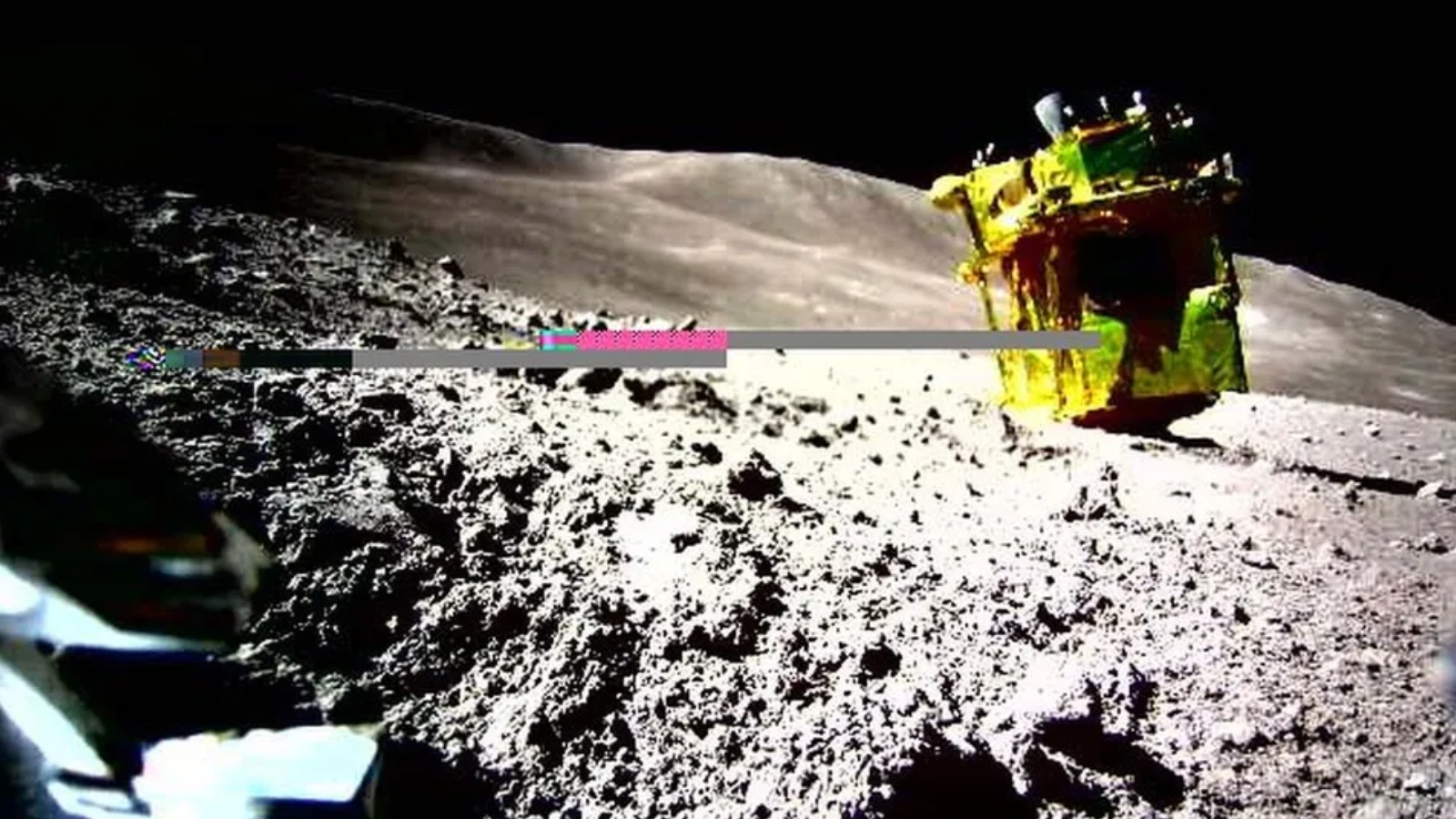
Japan has called an end to its SLIM moon mission after failing to make contact with the lander since April.
The Japan Aerospace Exploration Agency (JAXA) launched the Smart Lander for Investigating Moon (SLIM) on a H-IIA rocket from the Tanegashima Space Center on Sep. 7, 2023. The diminutive lander made a successful, yet lopsided, landing on the rim of Shioli Crater on Jan. 19 this year. Designed to operate for a single lunar day on the surface, the 440 pounds (200 kilograms) solar-powered lander sprang a major surprise by surviving three separate frigid lunar nights.
In other words, SLIM powered up and checked in with ground teams back on Earth in February, March and even April — now, however, JAXA says the game is up.
JAXA issued a statement on Aug. 26 informing that the agency had "concluded operations" on Aug. 23, after "being unable to establish communication with the spacecraft during the operational periods from May to July."
Related: We finally know why the Peregrine lunar lander failed
The spacecraft was in contact with the Earth for the last time in late April, but the mission team had continued monthly efforts to receive a signal from SLIM.
The SLIM lander, despite landing on its side, nailed its main objective. "The landing precision was evaluated with a position error of approximately 10 meters (32.8 feet) from the target point, confirming the world's first successful pinpoint landing;" the JAXA statement read.
The spacecraft — nicknamed "Moon Sniper" — also succeeded with secondary objectives, using its Multi-Band Camera (MBC) to make spectral observations in 10 wavelength bands on 10 rocks, exceeding expectations beyond its surprise revivals after its initial day on the moon.
As a further bonus, NASA's Lunar Reconnaissance Orbiter (LRO) managed to ping SLIM's retroreflector during passes over the mission landing site.
"We extend our deepest gratitude to all parties involved in the development and operation of SLIM for their cooperation and support, as well as all those who encouraged the mission," the statement concluded.
Japan is also working with India on a lunar south pole landing mission, which could launch later this decade.







